Yer’ Album by The James Gang
Buy Yer Album Yer’ Album is the debut album by James Gang, displays this power trio’s genius and raw power through the compositions but also shows their lack of recording experience due to […]
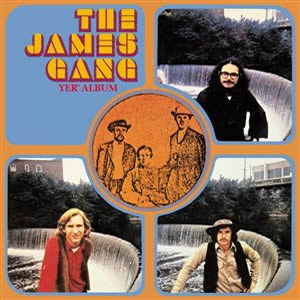
Buy Yer Album Yer’ Album is the debut album by James Gang, displays this power trio’s genius and raw power through the compositions but also shows their lack of recording experience due to […]
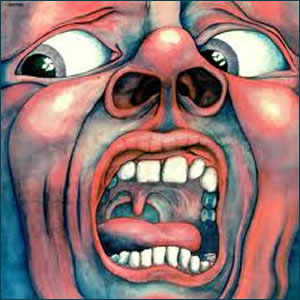
Buy In the Court of the Crimson King Seldom does a band release a debut album as critically and financially successful as In the Court of the Crimson King, an Observation by King […]
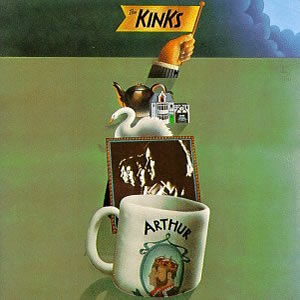
Buy Arthur (or the Decline and Fall of the British Empire) Although The Kinks were part of the first wave of British artists to break through following the Beatles, they were never really […]
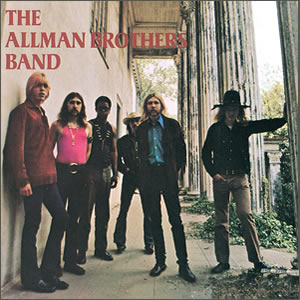
Buy The Allman Brothers Band As a group that became known for their live performances, The Allman Brothers Band did put out a handful of excellent studio albums. The first of these was […]
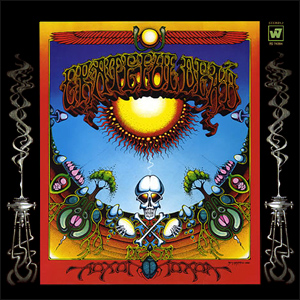
Buy Aoxomoxoa Aoxomoxoa is the third studio album by Grateful Dead and, perhaps, the one most dominated by lead guitarist and vocalist Jerry Garcia. Created under the working title of “Earthquake Country” (because […]
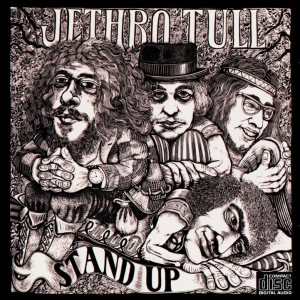
Buy Stand Up 1969’s Stand Up is an early classic by Jethro Tull. The album was produced in the wake of a splitting of musical directions, as the band’s original guitarist Mick Abrahams […]
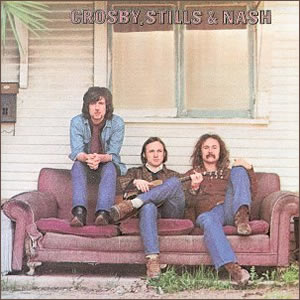
Buy Crosby, Stills & Nash Crosby, Stills & Nash is an extremely rich and influential debut album from the “super group” of the same name. The trio of vocalists / guitarists which forged […]